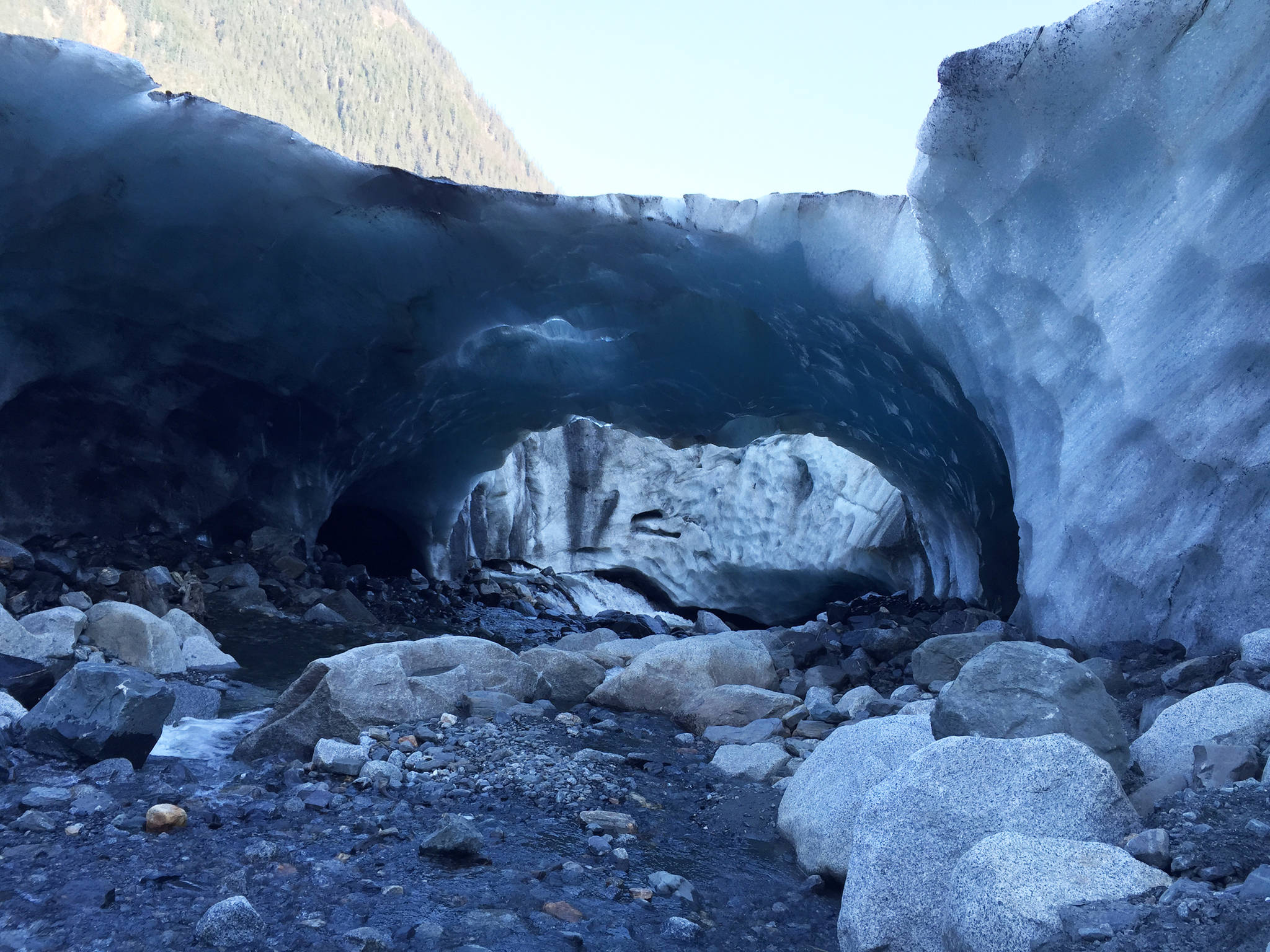Were Monday’s earthquakes caused by climate change? At least one internet personality seems to think so.
In a video viewed 92,000 times since Monday, Youtuber “MrMBB333” claims that the earthquakes were due to what’s called “postglacial rebound,” a naturally-occurring process by which lands, once depressed by the weight of a glacier, slowly rise after glaciers recede.
The “unweighting” of the lands can complicate how plates interact, which, according to MrMBB333, caused Monday’s quakes, the highest of which was initially measure at a 6.3 magnitude.
Researchers and scientists can’t endorse MrMBB333’s theory and none suggested relying on Youtube for scientific information, but neither could they write the theory off completely.
There is some evidence that shifts in the weight on a land mass can affect earthquakes — and glaciers are receding around the world — but seismologists and glaciologists simply cannot “connect the dots” between the two happenings.
What scientists do know
Monday’s quakes occurred in a southern extension of the Denali fault system, near the Haines Highway in Northern British Columbia. One of the largest fault systems in North America, the Denali fault system curves in a semicircle from central interior Alaska to Northwest British Columbia.
Over 600 earthquakes of various sizes have occurred in the area over the course of the week, nearly all of them too small to feel, according to seismologist Michael West with the Alaska Earthquake Center.
At this point, West and his colleagues are still “skimming the cream” of the data they’ve accumulated over the last four days. They’re combing through their data, starting with the biggest earthquakes and working down.
Many of the 600 quakes are horizontal “strike slip” earthquakes which took place close to the surface, though scientists haven’t yet found a surface break related to the quake.
West said it’s typical of the area to see this kind of geologic activity. The Denali fault system is an “active” fault system, meaning scientists expect to see seismic activity receding.
In addition to a lot of seismic activity, Southeast has the highest rate of postglacial rebound in the world, according to a 2003 paper.
Because Southern Alaska’s 75,000 square kilometers of glacier are melting at a rapid rate, some regions of Southeast are rising by a rate of 25 millimeters a year. This is a breakneck speed, in geologic terms.
Picture a sponge, or tennis ball: the outer layer is elastic, meaning it will recover its shape after being squeezed. Heavy glaciers “squeeze” the land over time, and as they recede, the land retakes its form.
Just because the region has plenty of seismic activity and postglacial rebound, doesn’t mean the two are necessarily related, West said.
Southeasts complicated natural processes make it hard to draw any conclusions.
“There are so many different things going on: earthquakes, glaciology, climate change, ocean temperatures and erosion,” West said. “You have so many things going on you are bound to have coincidence” between natural occurrences.
In other words, glacial melt and earthquake activity could be taking place at the same time and not affecting each other.
But though scientists and researchers wouldn’t endorse MrMBB333’s theory, neither would they outright deny it. There simply isn’t enough data to say either way.
“The idea is not preposterous at all but whether or not it can be linked, it’s way too soon to conclude that,” University of Alaska Southeast’s Dr. Sonia Nagorski said.
Nagorski pointed out that scientists in Iceland have reason to believe glacial melt may have something to do with a recent increase of vulcanism on the island.
There’s also evidence to believe that a deadly 2009 earthquake in Sichuan Province, China, was intensified by the dam’s redistribution of water weight, West pointed out, though scientists are still divided on the issue.
At any rate, each cautioned for restraint when drawing scientific conclusions from Youtube videos.
The Juneau Icefield Research Program’s Dr. Brian Beedle said MrMBB333’s ideas are still “speculative, at best.”
Why it matters
Southern Alaska’s 75,000 square kilometers of glacier are melting at an historic rate, undoubtedly changing the landscape. But the pace of science can be slow and there are still many unanswered questions about just how glacial melt will affect Southeast’s future. Jumping to conclusions based off of popular theories can be tempting, especially when explanations for earthquakes and other natural disasters are inconclusive. Pointing out the flaws and merits of popular scientific notions can increase scientific literacy, a crucial component in dealing with climate change.
• Contact reporter Kevin Gullufsen at 523-2228 or kevin.gullufsen@juneauempire.com

